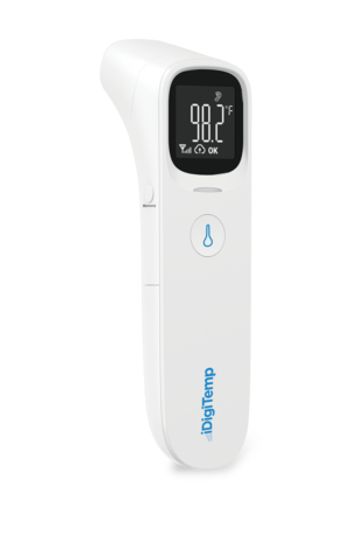
Can a diabetes app improve patient outcomes?
And is physician engagement key to success?
A new report affirms the potential for prescriptions digital solutions to help manage type 2 diabetes, but it also highlights the role of physician monitoring in boosting patient adherence.
In the new study,
The primary objective of the study was to gauge the application’s impact on patient HbA1c, fasting blood glucose, postprandial blood glucose, body mass index, and Homeostatic Model Assessment for Insulin Resistance index at the end of the 12 weeks.
Overall, the mean change in those parameters was -0.84% for HbA1c, -8.39 mg/dl for fasting blood glucose, -14.97 mg/dL for postprandial blood glucose and -0.24 kg/m2 for body mass index.
In terms of the Homeostatic Model Assessment for Insulin Resistance, however, the study population saw an increase of 0.54.
Suhas Patil, M.D., M.B.B.S., of Phable Care helped conduct a study of the effectiveness of a diabetes digital therapeutic.
The digital therapeutic intervention used in the study was developed by
“A new approach is useful if the majority of patients are benefitting from it and if the benefit is highly probable,” they wrote. In their study, the authors said 76.6% of participants achieved a reduction in HbA1c levels from baseline.
The investigators suggested,though, that the impact may be due to more than just the digital technology. In addition to the application, the study protocol called for regularly scheduled consultations with the patient’s physician, a dietician, and an exercise coach throughout the 12-week study period. Patil and colleagues said part of the benefit of the product might be the accountability facilitated by the technology, in the form of physician alerts.
“The DTI (digital therapeutic intervention) approach used in this study included a significant human component by way of involvement of the primary care physician of the patients, apart from dieticians and health coaches,” they wrote. “The presence of a patient’s physician in the DTI care team may have created the psychological impact that the participant’s health is being monitored by their physician.”
Patil and colleagues are not alone in that assertion. In a 2020
“The sheer number of apps available, each with varying functionality, complexity, impact, and cost, creates substantial barriers to the diffusion of these apps into clinical care,” they wrote. They added that many such programs have “scant” clinical evidence to back up their efficacy, and some may even be harmful, they said. That’s one reason firms like Phable Care have sought to conduct clinical trials.
Newsletter
Stay informed and empowered with Medical Economics enewsletter, delivering expert insights, financial strategies, practice management tips and technology trends — tailored for today’s physicians.








